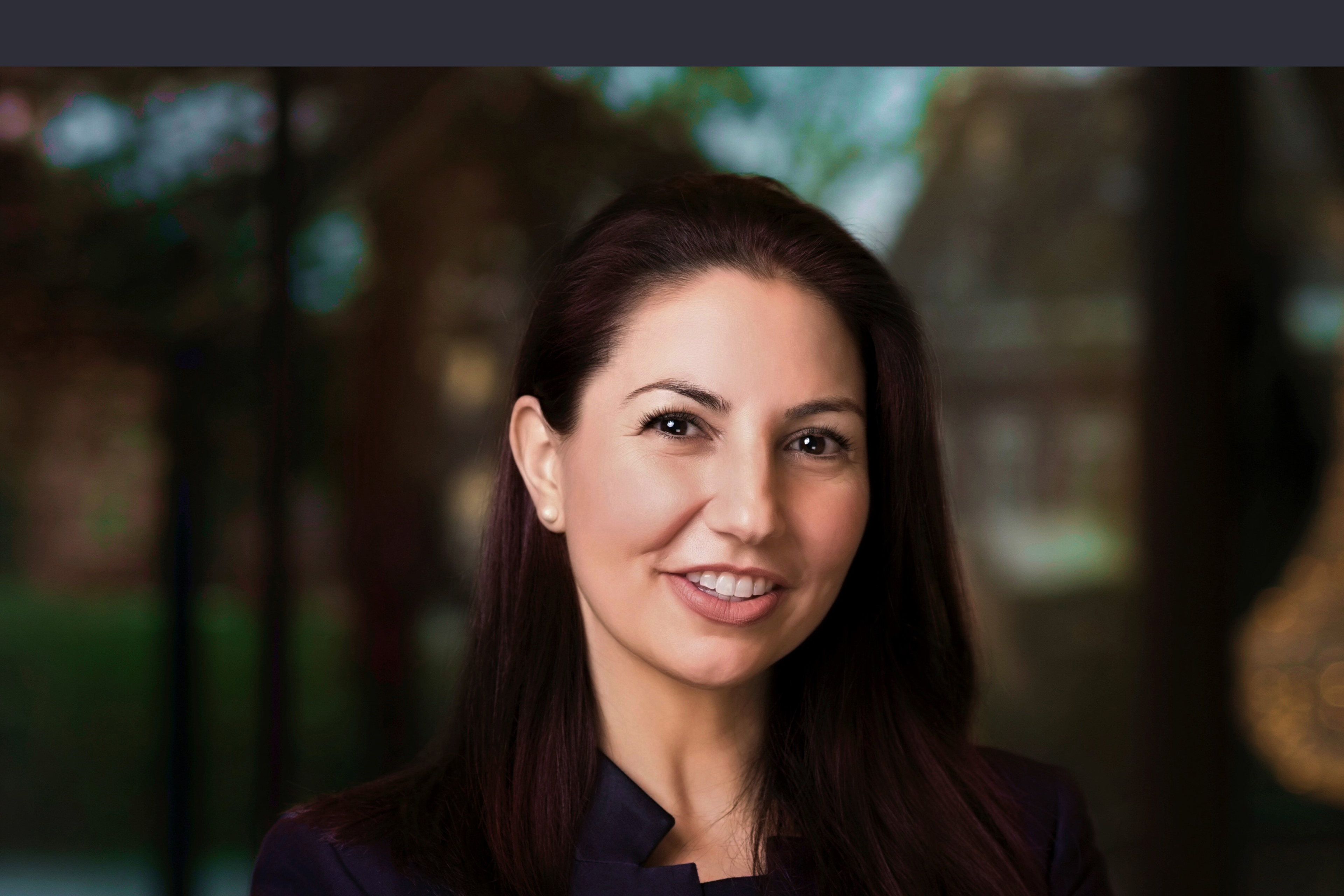EY refers to the global organization, and may refer to one or more, of the member firms of Ernst & Young Global Limited, each of which is a separate legal entity. Ernst & Young Global Limited, a UK company limited by guarantee, does not provide services to clients.
In 2018 and 2019, we worked closely with a global consumer products company to support its CEO transition. The outgoing CEO had made long-term value a core part of the company’s purpose, which led to consistent growth, strong shareholder returns and increased trust across customers and employees. Despite this positive direction, it was unclear whether the company’s commitment to purpose would be sustained through the leadership transition.
It took collaborative workshops and coaching over the course of nine months to reaffirm a collective commitment to the company’s purpose among the new leadership team. And that process required tackling an uncomfortable challenge: surfacing, accepting, and reconciling a “say-do” gap in the company’s portfolio. More specifically, there were a number of brands within the business that did not match the company’s public commitment to sustainability, a core part of its purpose.
Living your purpose sometimes means making and owning hard decisions. “A renewed commitment to purpose from leadership and the new CEO does not, by itself, guarantee that the company will remain successful in living its purpose,” says Anna Kahn, EY Global Talent Development Leader & People Advisory Services Global Executive Member. “But success would be almost impossible without such leadership buy-in.”
Whether a massively complex global company or a small local firm, an organization succeeds in inspiring an authentic commitment to purpose only if its leaders actually believe in it. That requires leaders to go on their own personal journey and take the time to explore deeply what they — and, by extension, the company as a whole — believe and stand for in the world.
That’s what we found at EY. While we were the first of the Big Four to articulate our purpose, Building a better working world, we quickly discovered that articulating it alone wasn’t nearly enough. We had to meaningfully engage EY people and clients around this ambition, a process that began with our leaders.
Last year, we surveyed EY member firm partners around the world. They told us that they are passionate about our purpose, but that they want to see it more deeply embedded across the firm.“We have a fantastic and still-relevant purpose,” said Demet Ozdemir, a Strategy and Transactions partner in Turkey. But, she noted, “‘walking the walk’ is so critical: what specific actions are we taking to achieve it?” Stuart Chalcraft, a tax partner in the UK, put it similarly: “We need to embed our purpose in everything we do.”
Last August, Carmine Di Sibio was one of 180 U.S.-based CEOs to sign a Business Roundtable statement declaring that the “purpose of a corporation” is to serve all of its stakeholders, not just its shareholders. Reflecting EY’s intention to turn these words into actions, two months later we revealed that our strategy would be anchored in our purpose and built on a foundation of creating long-term value for clients, people and society. As part of that effort, we are actively working to draw concrete connections between our purpose and our actions.
Even today, more than seven years since we put our commitment to Building a better working world into words, we’re continuously revisiting and adapting the approach we take to activate our purpose. Only when purpose remains a priority for all of our leadership we can ensure it is meaningfully experienced by our people, clients and those we work with.









